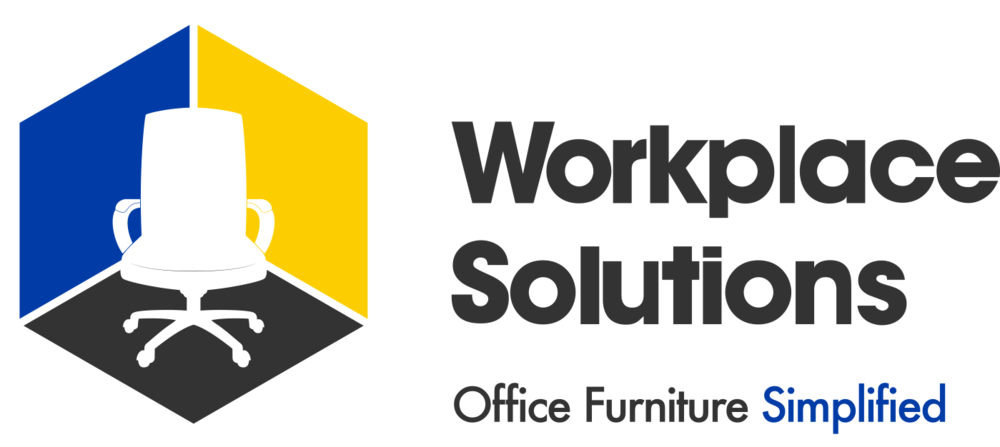Original article by Forbes
The pandemic has undoubtedly altered the workplace now and forever. One of the most notable changes brought about by the pandemic was a shift in the office's function. Before the pandemic, employees could only work from the office, with limited hybrid or remote options. Although some people continue to work from home while others return to the office only part-time, businesses have not abandoned their offices, because going to the office has never been just about work.
Instead, office design has evolved to accommodate more hybrid working styles, ushering in innovative design trends that focus on the employee experience. This evolution has been multifaceted, integrating workplace strategy and design to create purposeful spaces for employees to use and engage with based on how they work best.
In this article, I will look at how companies can reframe their workplace to encourage collaboration, connection and a strong company culture among employees.
The Changing Role Of The Office
Five years ago, most companies would have argued that a physical workplace is indispensable. However, the need and relevance of the office were tested by its temporary removal during the pandemic. Work expectations were formerly based on antiquated dynamics in which employees were expected to work a certain number of hours within a specific work area, with little to no flexibility. Furthermore, productivity was often measured by how many hours one sat at their workstation, rather than by the quality of work produced.
However, as the pandemic popularized different working styles, employers and employees discovered that flexible work has numerous benefits. The office's role has altered substantially, and firms must repurpose their workplaces to retain and attract top talent.
Repurposing Your Office
There are a number of ways to restructure your existing office space to better support team building and connection in a remote or hybrid work environment. Here are some suggestions for overhauling your workplace to match the expectations of this changing and demanding workforce.
1. Make the workplace a social occasion spot.
Working from home has taught us that work can be done away from the office, but there is one aspect that cannot be done as effectively. When businesses are remote first, coming together and building social connections among coworkers is hindered. Humans are social beings, and research has proven that face-to-face interactions are essential. When employees do not work in a centralized location or do not see each other in person regularly, connection, collaboration and company culture diminish.
An office does not have to be exclusively for work purposes. If some of your employees prefer to work from home and it makes sense for your business model, consider converting the underutilized spaces within your office into social gathering spots where employees may come in and engage in non-formal situations. Making your office more sociable by incorporating more collaborative and non-formal facilities—such as lounge areas, communal spaces and gaming facilities—is a great way to bring your team together and encourage more in-office time.
2. Convert space for monthly or quarterly town hall meetings.
Where do you congregate when your entire team gets together? Certain companies I've worked with have struggled to accommodate all employees in a single, centralized location, frequently having to repurpose other areas to hold team meetings. This can lead to an unpleasant employee experience and hesitation among employees who would rather participate online than be packed into a room that does not fit everyone. Transforming your office layout to include a town hall space for all team members is an ideal approach to encourage employees to come in and stay updated on key company events and announcements.
3. Repurpose unused workstations into "third spaces."
Working from home or from anywhere has created new desires for employees. With these new desires and employee expectations, organizations are trying to provide employees with access to environments that offer some of the relaxing amenities of home.
Ray Oldenburg, an American urban sociologist, brought up the term "third places," which refers to a social sphere outside the "first place" (the home) and the "second place" (the workplace). A third place is frequently described as an inviting, pleasant environment where people can establish relationships with others with similar interests. Furthermore, third spaces foster a greater sense of community in the workplace by drawing individuals in and encouraging them to pause from work. Employees who can slow down and spend more time socializing with coworkers have more opportunities to generate innovative ideas and build new relationships.
Existing areas within the workplace can be reconfigured into third spaces, such as lounge quarters, dedicated collaboration zones and informal meeting areas. Exterior spaces such as courtyards, patios or decks can also be modified to serve as successful third spaces, such as an outdoor bar, café or picnic area.
Provide spaces for employees to connect, communicate and build a strong culture.
In these changing times, it makes sense to encourage employees to return to the office while reinventing its role and purpose. For many industries, a physical office is no longer the only place where work can be done efficiently. As we saw during the pandemic, people can do their jobs just as well from home. However, the office can still be a space where individuals communicate, collaborate and develop a strong company culture. People can continue to work from home, but to promote this new way of working, it is necessary to provide a space for people to connect with and learn from one another in person.

